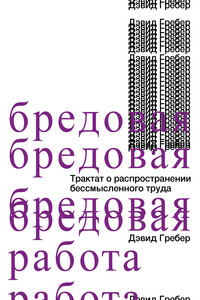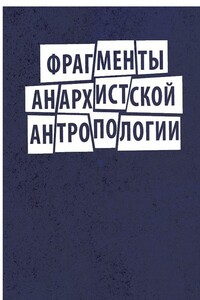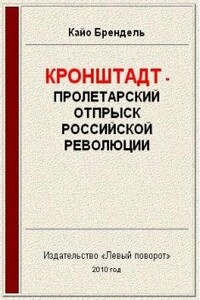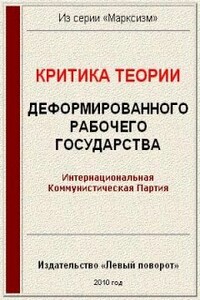1922. “Economic Conditions According to Early Buddhist Literature.” In The Cambridge History of India Volume I: Ancient India (E. J. Rapson, editor), pp. 198–219. Cambridge: Cambridge University Press.
Richard, R. D. 1926. “Early History of the Term Capital.” Quarterly Journal of Economics 40 (2): 329–338.
Richards, Audrey. 1939. Land, Labour and Diet in Northern Rhodesia. London: Oxford University Press.
Richter, Daniel К. 1983. “War and Culture: the Iroquois Experience.” William and Mary Quarterly, 3rd series 40: 528–559.
Rickett, W. Allyn. 1998. Guanzi: Political, Economic, and Philosophical Essays from Early China (2 volumes). Princeton: Princeton University Press.
Riepe, Dale Maurice. 1961. The Naturalistic Tradition in Indian Thought. Seattle: University of Washington Press.
Risso, Patricia. 1995. Merchants and Faith: Muslim Commerce and Culture in the Indian Ocean. Boulder: Westview Press.
Robertson, Pat. 1992. The Secret Kingdom. Dallas and London: Word Publishing.
Robinson, Rachel Sargent. 1973. The size of the slave population at Athens during the fifth and fourth centuries before Christ. Westport: Greenwood Press.
Robisheaux, Thomas. 1989. Rural society and the search for order in early modern Germany. Cambridge: Cambridge University Press.
Rockoff, Hugh. 1990. “The 'Wizard of Oz' as a Monetary Allegory.” Journal of Political Economy 98 (4): 739–760.
Rodinson, Maxine. 1978. Islam and Capitalism. Austin: University of Texas Press.
Roetz, Heiner. 1993. Confucian ethics of the axial age: a reconstruction under the aspect of the breakthrough toward postconventional thinking. Albany: SUNY.
Rohrlich, Ruby. 1980. “State Formation in Sumer and the Subjugation of Women.” Feminist Studies 6(1): 76-102.
Roitman, Janet. 2003. “Unsanctioned Wealth; or, the Productivity of Debt in Northern Cameroon.” Public Culture 15 (2): 211–237.
Roover, Raymond de. 1944. “What is Dry Exchange? A Contribution to the Study of English Mercantilism.” Journal of Political Economy 52:250–266.
1946. “The Medici Bank.” Journal ofEconomic History 6:24–52,153–172.
1948. Money, Banking, and Credit in Mediaeval Bruges. Cambridge: Mediaeval Academy of America.
1963. The Rise and Decline of the Medici Bank: 1397–1494. New York: W. W. Norton.
1967. “The Scholastics, Usury and Foreign Exchange.” Business History Review 41 (3): 257–271.
Rospabe, Philippe. 1993. “Don Archai'que et Monnaie Sauvage.” In MAUSS: Ce Que Donner Veut Dire: Don et Interet. Paris: Editions la decouverte, pp. 33–59.
1995. La Dette de Vie: aux origines de la monnaie sauvage. Paris: Editions la Decouverte/MAUSS.
Rotours, Robert de. 1952. “Les insignes en deux parties (fou) sous la dynastie des T'ang (618–907).” T'oung Pao41:1-148.
Ruel, Malcolm. 1969. Leopards and Leaders. London: Tavistock
Rule, John. 1986. The Labouring Classes in Early Industrial England, 1750–1850. London: Longman. Saggs, Henry William Frederick. 1962. The Greatness That Was Babylon. New York: Mentor Books. Sahlins, Marshall. 1972. Stone Age Economics. Chicago: Aldine.
1981. “The stranger-king or Dumezil among the Fijians.” Journal of Pacific History 16:107–132.
1988. “Cosmologies of Capitalism.” Proceedings of the British Academy 74:1 -51.
1996. “The Sadness of Sweetness: The Native Anthropology of Western Cosmology.” Current Anthropology, vol. 37 (3): 395–428.
2004. Apologies to Thucydides: Understanding History as Culture and Vice Versa. Chicago: Univer- sity of Chicago Press.
2008. The Western Illusion of Human Nature. Chicago: Prickly Paradigm Press.
Sailer, Richard P. 1984. '”Familia, Domus', and the Roman Conception of the Family.” Phoenix 38 (4): 336–355.
1987. “Slavery and the Roman family.” In Classical Slavery (Moses Finley, editor), pp. 82-110. Lon- don: Frank Cass.
Samuel, Geoffrey. 2003. “Property, Obligations: Continental and Comparative Perspectives.”In New Perspectives on Property Law, Human Rights, and the Home (Alastair Hudson, editor), pp. 295–318. London: Cavendish Publications.
Samuelson, Paul A. 1948. Economics. New York: McGraw Hill.





